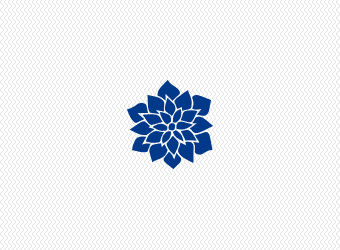Vegetable Gardening 101


If you are new to gardening and just starting out, I am sure you might have questions. For example, when is the best time to start your garden, and what should you do to the soil if anything at all. New gardeners have so many questions and concerns the first season.
A lot can go wrong and it can seem so overwhelming to start a new vegetable garden with hardly any knowledge. Here is a short overview of everything you need to know to plant your first vegetable garden. We'll follow this up with more gardening information in coming weeks and if you've got topic ideas please leave a comment below.
SOIL
The right soil combination will be everything to the success of your garden. If the soil is too dense or does not have enough moisture control then it's going to be more difficult to have a successful year and your plants are more likely to be overcome by disease and insect infestation. The best place to get soil for vegetable growing is at a nursery because they are experienced in knowing what kind of soil you might need.
They will ask you about your present soil conditions, if you've got rocks or lots of clay in it. They will want to know where you live so they can determine the climate. Climate is not always accurate online and we are constantly going through environmental changes that can effect the success of your garden. A nursery will be your best tool for keeping up on this and knowing what kinds of soil amenities you'll need.
CHOOSING THE RIGHT VEGETABLES FOR YOUR CLIMATE
You cannot expect a cool weather vegetable to do well during the hot summer so its important to do your research and know which vegetables are to be grown during which season. If you aren't aware, there are 4 seasons in a year: springs, summer, fall and winter. During summer you can typically get 3 harvests out of the entire summer period which is called early summer, summer and late summer harvest times.
Fall also allows several harvests if you plan it right. When you are planning these harvest times its important to be mindful of what vegetables can be grown during what season, how long until harvest and how many harvest you can get out of one plant. The type of plants you can plant will also depend on where you live.
CONTROLLING INSECTS AND DISEASE
Once you have your soil in and vegetables planted you have to worry about controlling insect infestation and disease. Insect infestation can occur without you even noticing it so its good to have a plan ready before it occurs. Disease can also occur due to insect infestation. Use an organic insecticide that you can purchase at a local nursery or make your own by combining in a spray bottle water, pepper flakes, a crushed garlic clove and a drop or two of olive oil. Shake well and spray on plants as you see signs of infestation.
Some signs of insect infestation include white bug like insects on flowers and stem of plants. You might also find caterpillar looking worms inside cabbage and broccoli plants. Both of these insects can be treated with an organic spray. Disease include fungus and powdery mildew on the leaves and surrounding steam or around the soil bed. You can treat mildew and fungus with fungicide purchased from a nursery.


You May Also Like







I am an avid gardener and love it. I have alot of shade, but actually dont do too badly. I get enough vegetables to even donate to the food bank.
Here is the funny thing though- I am in Iowa yet I cant get corn to grow for anything (not enough sun ) my neighbor can though!
Haha I have the same problem with corn here in Indiana… this is corn country dang it, why can’t I get it to grow?! I just don’t have the magic touch or something.
Pingback: Best DIY Gardening Tips - You Brew My Tea